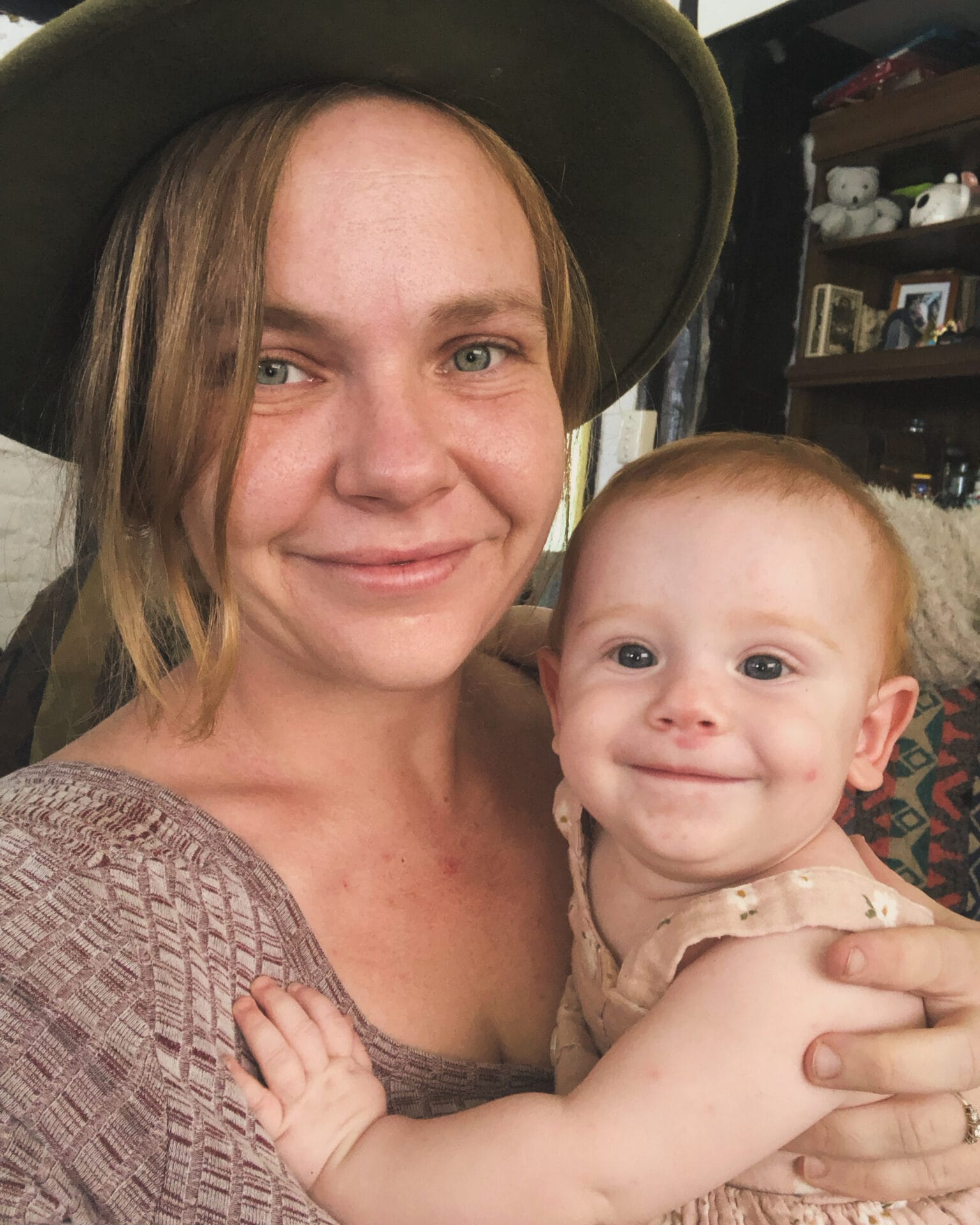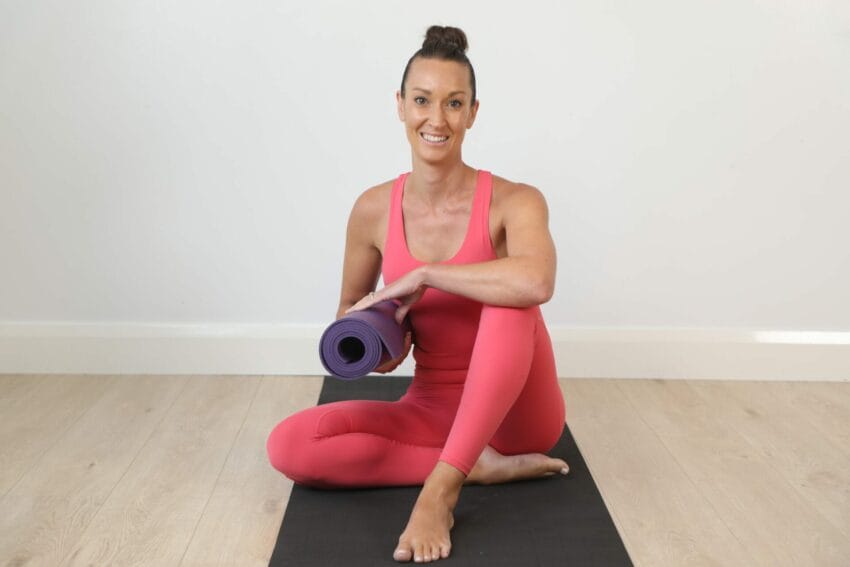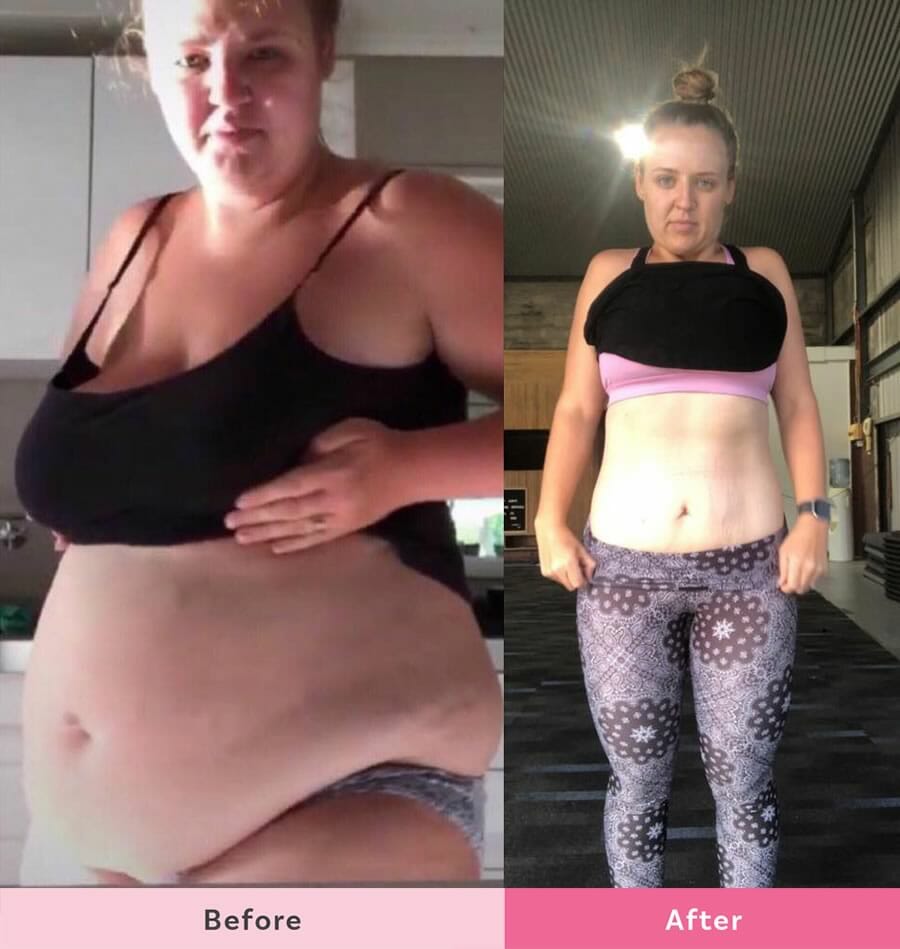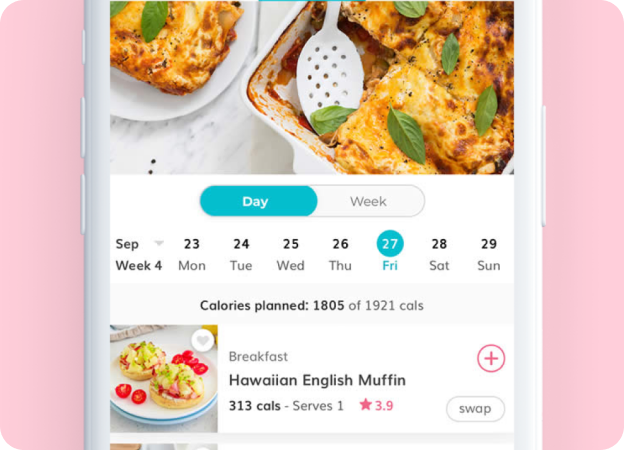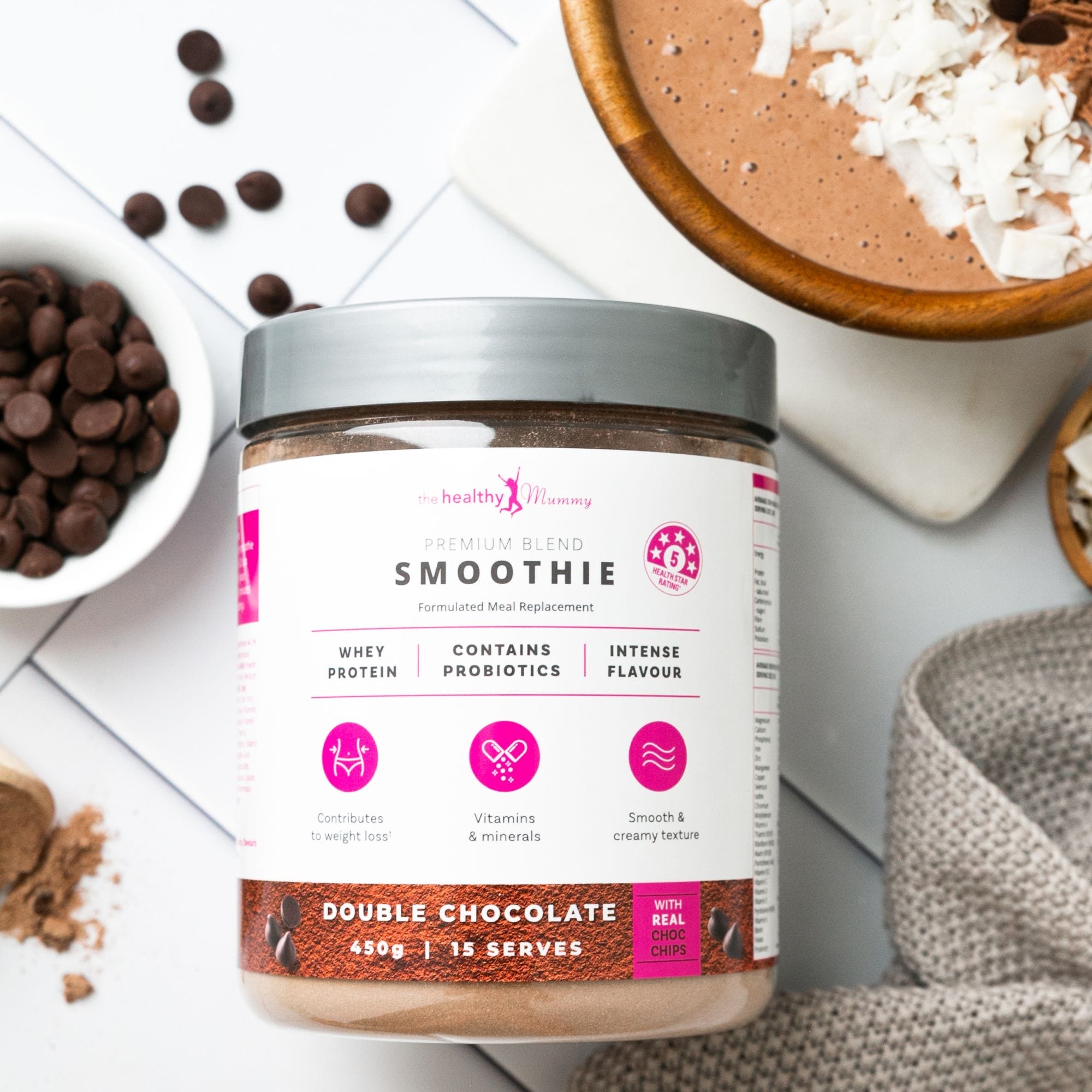Your guide to safe exercise post baby
Please note that if you have any pelvic floor issues or have recently had your baby – high impact exercises should be avoided and it is advised you consult with a post natal physiotherapist for a tailored exercise program
The arrival of a new baby is one of the happiest and most precious times of a woman’s life. At the same time it can be hectic and at times overwhelming and it is easy to do too much too soon and end up injuring yourself.
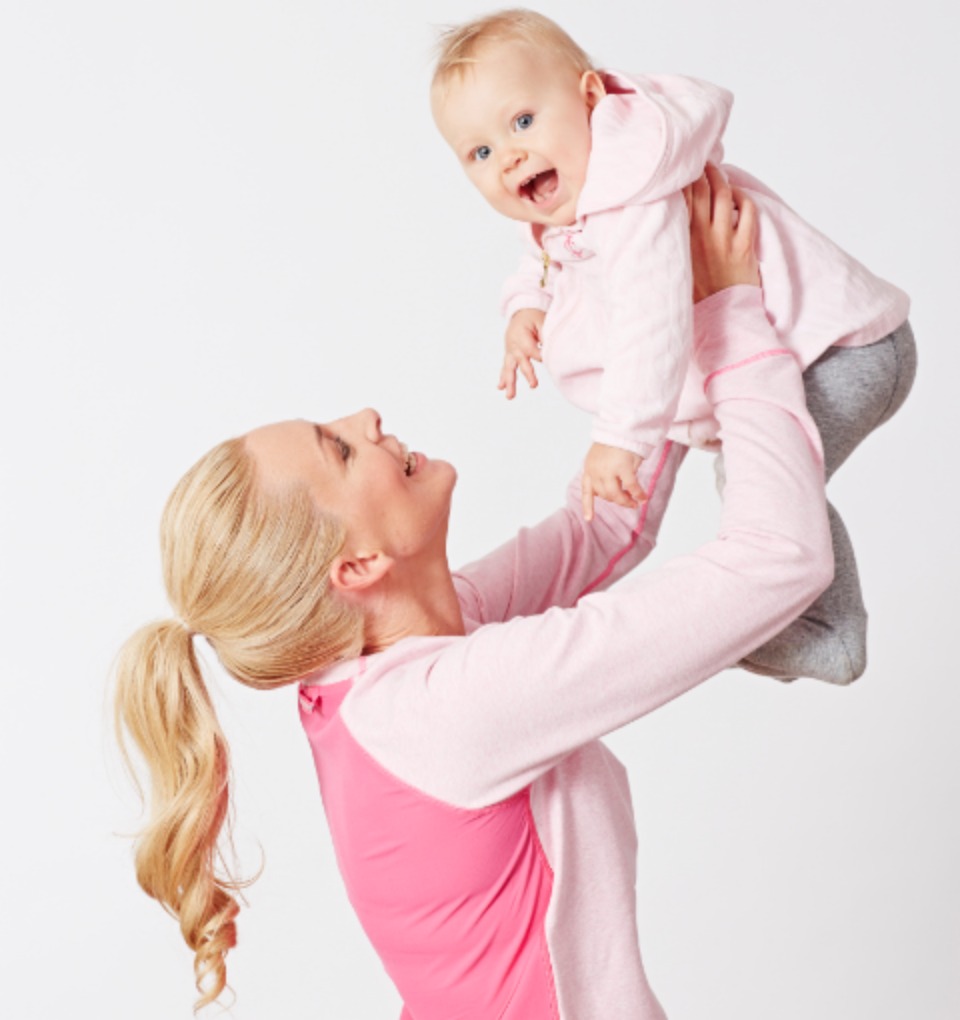
The right post natal exercise has abundant physical and emotional benefits but, too much too soon can lead to regrets and injury.
It is vital to let your body recover from pregnancy and delivery and progress your workouts gradually and wisely.
When, what and how much exercise is right for you, varies considerably
Your pregnancy activity levels, labour and delivery are just a few of the individual considerations involved in determining a safe, sensible pot natal fitness plan.
Listen to your body and follow these guidelines to custom design the “when and what” of starting and progressing an exercise program that’s right for you.
When you are ready to start exercising, our Post Pregnancy Exercise workouts are the ideal one to use and The DVD’s instructor is Lisa Westlake who is a leading physiotherapist and postnatal fitness expert and one of the most awarded fitness professional in Australia.
With her extensive physiotherapy experience and qualifications, Lisa has ensured the workouts cater for a basic to more advanced level of fitness as well as taking into consideration workouts for those with pelvic floor complaints. You can see more on the DVD below
You can also see more information about when is the right time to start any diet or weight loss plan here too
The first few weeks
The early days and weeks after having a baby are a time for rest and recovery. Just as you would take time out after running a marathon, now is the time to put your feet up and allow your energy levels, pelvic floor and perineum to recover – now is not the time for extreme exercise.
Performing simple pelvic floor and core exercises three times per day and walking within comfort is all you need to think about at this stage.
Foundations First: Your Core And Pelvic Floor
Your pelvic floor and core muscles are like the foundations of a building. Without sound integrity the building will collapse. The pelvic floor is imperative for bladder and bowel control. These muscles also work with the deep abdominal and back (core) muscles to help support and stabilise your spine.
It is no surprise that these muscle groups have been stretched and weakened during pregnancy and delivery. It is important that you attend to the recovery and control of these muscles before progressing your exercise routine and that they are always strong enough to support any exercise you are performing.
Looking After Your Pelvic Floor Is An Investment In Your Future
One in three mothers suffer incontinence. Problems with bladder or bowel control relating to weakened and stretched pelvic floor muscles are not unusual after having a baby, but there is plenty you can do to improve their strength and function and decrease the risk of short or long term incontinence
The right exercises will help your pelvic floor, whilst doing other moves too soon or too much may overload the muscles and make you more vulnerable to incontinence, prolapse or back pain.
Decrease the intensity if you notice the following signs indicating that you are overloading your pelvic floor:
- Straining or bearing down
- Leakage / loss of control
- Heaviness or pressure
- Loss of awareness / inability to engage the muscles
Tips for a healthy pelvic floor
- Perform quality pelvic floor muscle strengthening exercises three times per day
- Avoid any exercise or activity that strains your pelvic floor
- Include PF in your exercise routine
- Recruit your PF before lifting, exercise and actions such as laughing, sneezing and coughing.
Keep your back in action
A new mums life includes many activities that are stressful to your neck and upper back; leaning forward over the change table or baby bath, playing with your baby on their bunny rug, looking down at your gorgeous bub whilst feeding to name a few. To avoid aches and injury, be sure to
- Frequently lengthen your spine and roll your shoulders up, back and down
- Check your posture regularly and avoid rounding your neck and back, especially when feeding
- Include neck and shoulder mobility, upper back strengthening and stretches that elongate the muscles at the front of your chest and shoulders to combat any tendency towards slouching
- You can see a great back strengthening exercise below
Extra Consideration
If you have any new, or ongoing, pre or post natal conditions, such as incontinence, abdominal separation or pelvic joint pain, seek assessment and advice from a women’s health physiotherapist
General tips for mums getting back into exercise
- Prioritise your core and pelvic floor
- Listen to your body
- Include rest and relaxation and part of your overall wellbeing plan
- Enjoy a healthy and balanced diet full of lean protein, fruits and vegetables and avoid junk foods
- Drink plenty of water
- Get out and about: fresh air is great for your body and your soul
- Wear comfortable clothing and good, underwire-free, breast support
- Rest up if you feel exhausted or unwell and never exercise in the presence of fever
- Be kind to yourself and be patient
How can I fit it into my busy day?
Whilst it may be difficult to find the time, and energy for a total body workout, fitting brief exercise sessions into your day is useful and realistic. Never underestimate the physical and emotional benefits of just 10 minutes here or there.
How much is too much?
Listen to your body. As a guide to determine you are at the right level:
- You should be able to talk throughout your workout
- Check your movement is consistently smooth and controlled
- Holding your breath, straining, shaking or tensing other muscles (such as shrugging your shoulders) are all signs that you are overdoing it.
Any symptoms such as shakiness, bleeding after or during exercise, lightheadedness etc are a sign to back off.
If you have specific exercise concerns, make sure you work with a qualified professional who can asses you on a one to one basis and always listen to your body.
You can also see more information about when is the right time to start any diet or weight loss here too
Do you have separated abs?
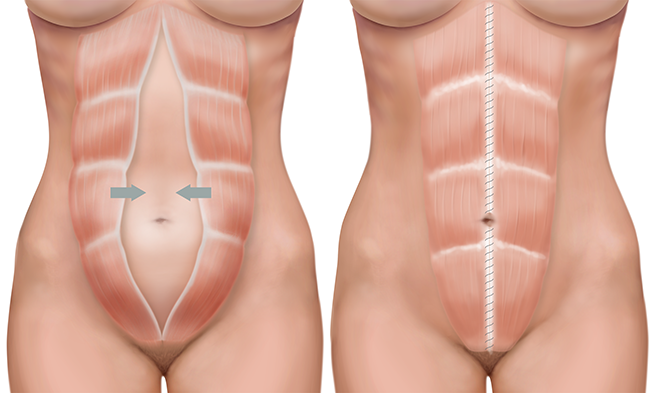
Generally, your chances of having diastasis recti are higher if you have been pregnant several times, as the muscles stretch every time and become a little like a stretched rubber band that develops cracks more easily.
Also, if you don’t exercise at all during pregnancy, you’re statistically more likely to develop the condition – and it’s likely to be more pronounced. Another good incentive to keep up moderate exercise!
Okay, now, here’s how to check for ab separation, if you haven’t been checked by your healthcare professional.
How to examine yourself
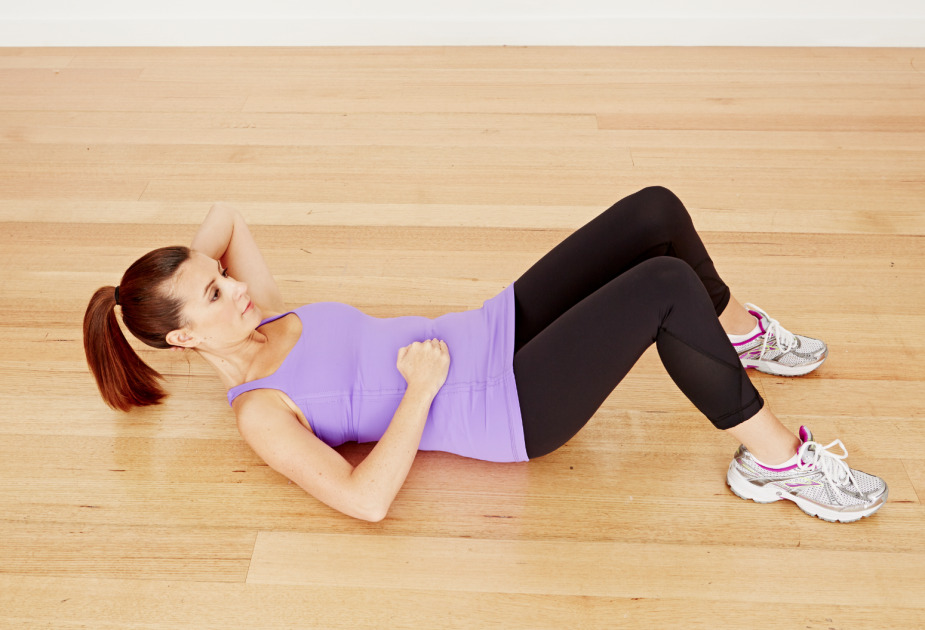
Step 1 – In a lying position with knees bent, place your right hand behind your head.
Step 2 – With your left hand position your index finger and middle finger together and place them horizontally in the centreline of your stomach between your abdominals.
Step 3 – From this position slowly raise your head slightly off the floor using your right hand (positioned behind your head) for support. Make sure not to simply lift your head with your hand as this is a common error – you must perform one basic crunch to fully contract your abdominal muscles to get the best assessment of your separation.
Step 4 – Your abdominals will now be slightly contracting allowing you to see exactly how far your abdominals have separated.
Step 5 – If your index finger and middle finger (on your left hand) can still fit between your abdominals you will have Diastasis Recti of between 2 – 2.5cms. For every additional finger you can place in between your abdominals you should add 1cm extra to your total abdominal separation number. If you can only fit one finger between your abdominals you effectively have 1cm of separation and will be nearly healed.
If you discover you have more than a 1 – 2cm separation you should refrain from doing exercises such as crunches, sit-ups or pilates 100′s – all of which can put too much pressure on the abdominal muscles which have become separated during pregnancy.
If you do have muscle separation PLEASE see a physio before commencing exercise so they can examine you and advise on the level of separation. They will also advise the level of gentle exercise you can begin and when you will be ready to begin it.
What to do
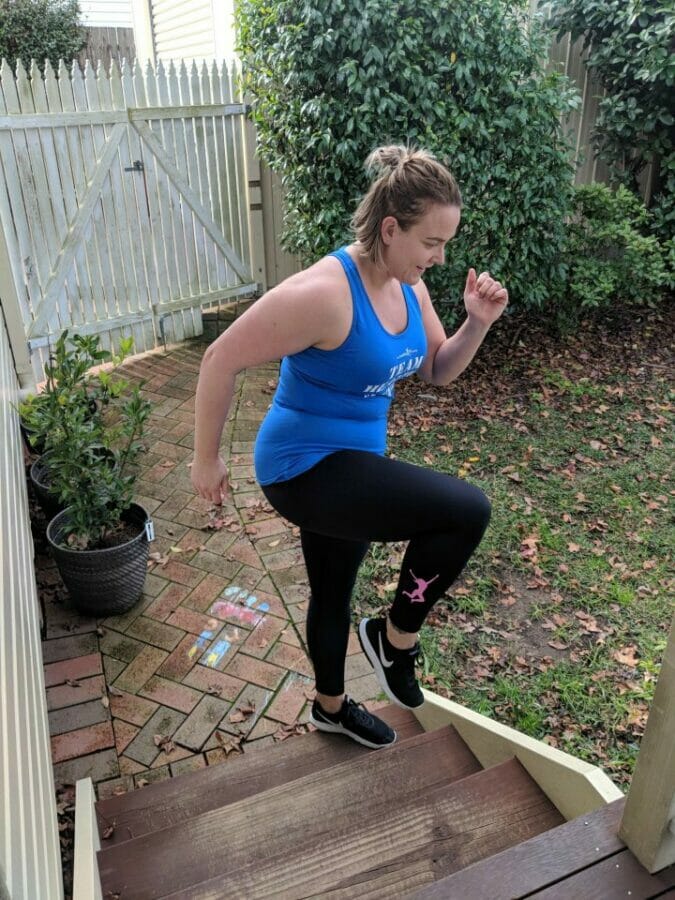
Whatever you do, think: inside out and slow and steady. Stabilising muscles need strengthening first and your body will bounce back more than you think if you just give it time and gentle care. Self love and care is important.
Gentle pelvic floor and core strengthening exercises will be great for you. Pilates for post pregnancy is a hit, too.
Walking is fantastic as it helps you get your blood pumping, is easily done with a baby or toddler and it starts to build your fitness base in a safe way.
Other exercises like cycling, swimming and the like are unfortunately best avoided right at the onset of separated abs – depending on how severe the separation is, of course.
Please note, although we receive A LOT of emails asking about when mums can exercise after muscle separation, it is very hard to give advice as you really need a hands on examination from a physio to advise on what you can and can’t do.
And as such our advice is not to do any specific ab work until you can get the ok from a physio as you can make your separation worse by doing too much too soon and it is always best to have that physio give you advice on what exercise you can do so that they determine what your ability is.

